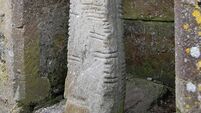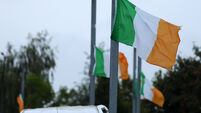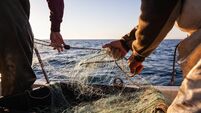Hopes and fears for families left in the dark as loved ones vanish
Ms Brown, who would now be 54, went missing four years ago as she returned from a trip to Manchester to see her sister.
Last March, near the south coast of England town of Eastbourne, a body washed ashore. Police in England started trawling a missing person’s list and by June believed it may be Ellen, from Dundrum in the south of the city.













